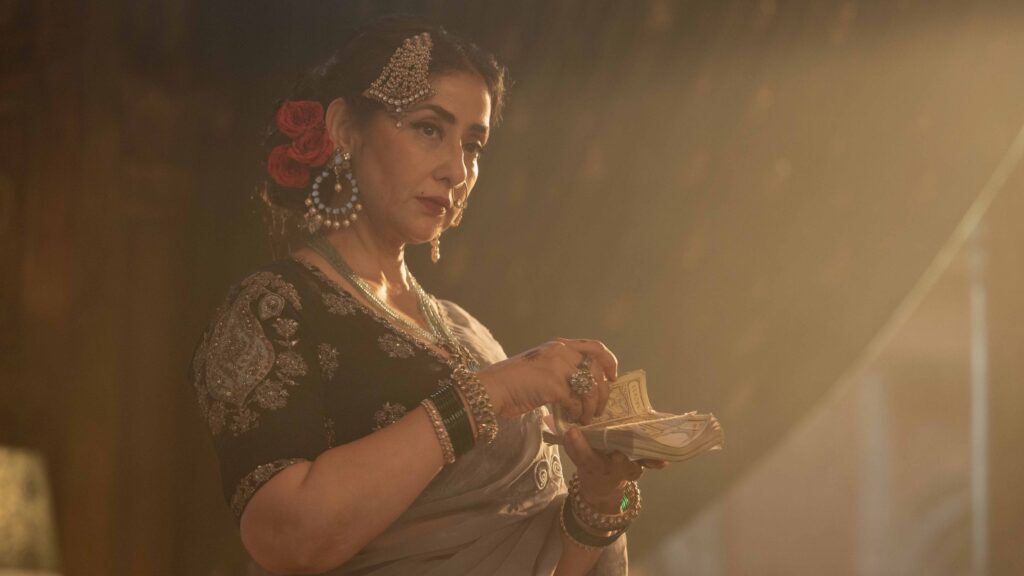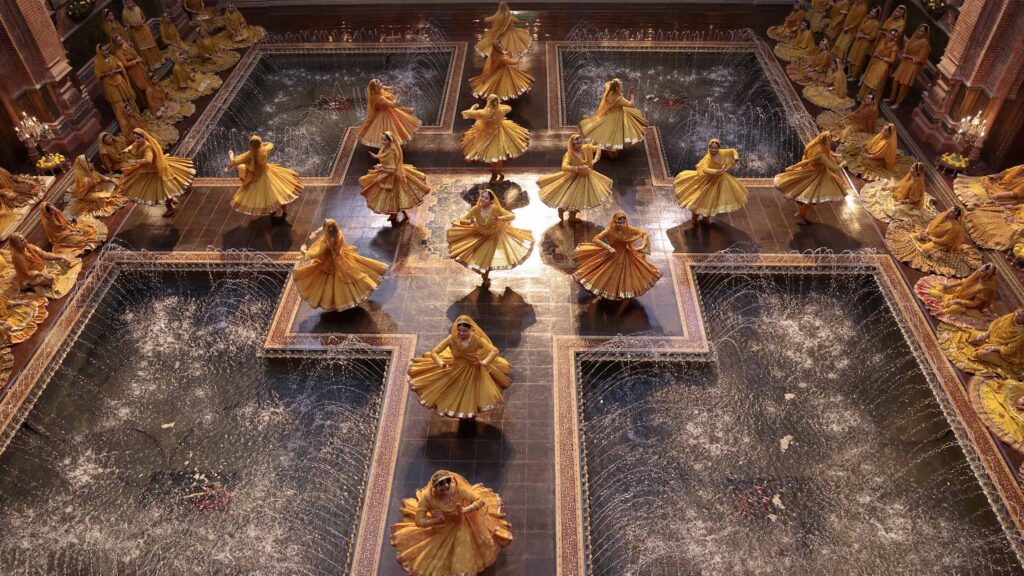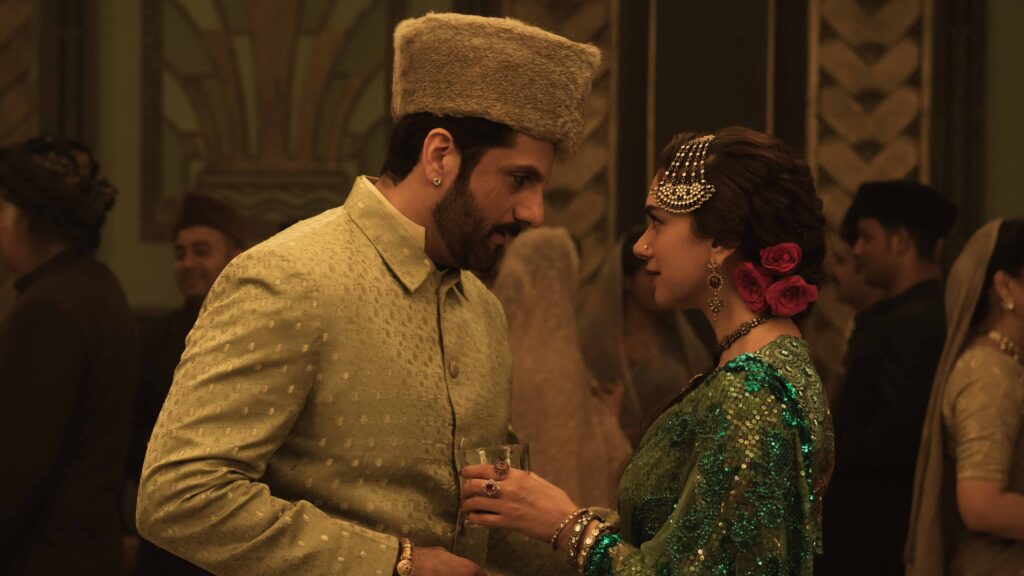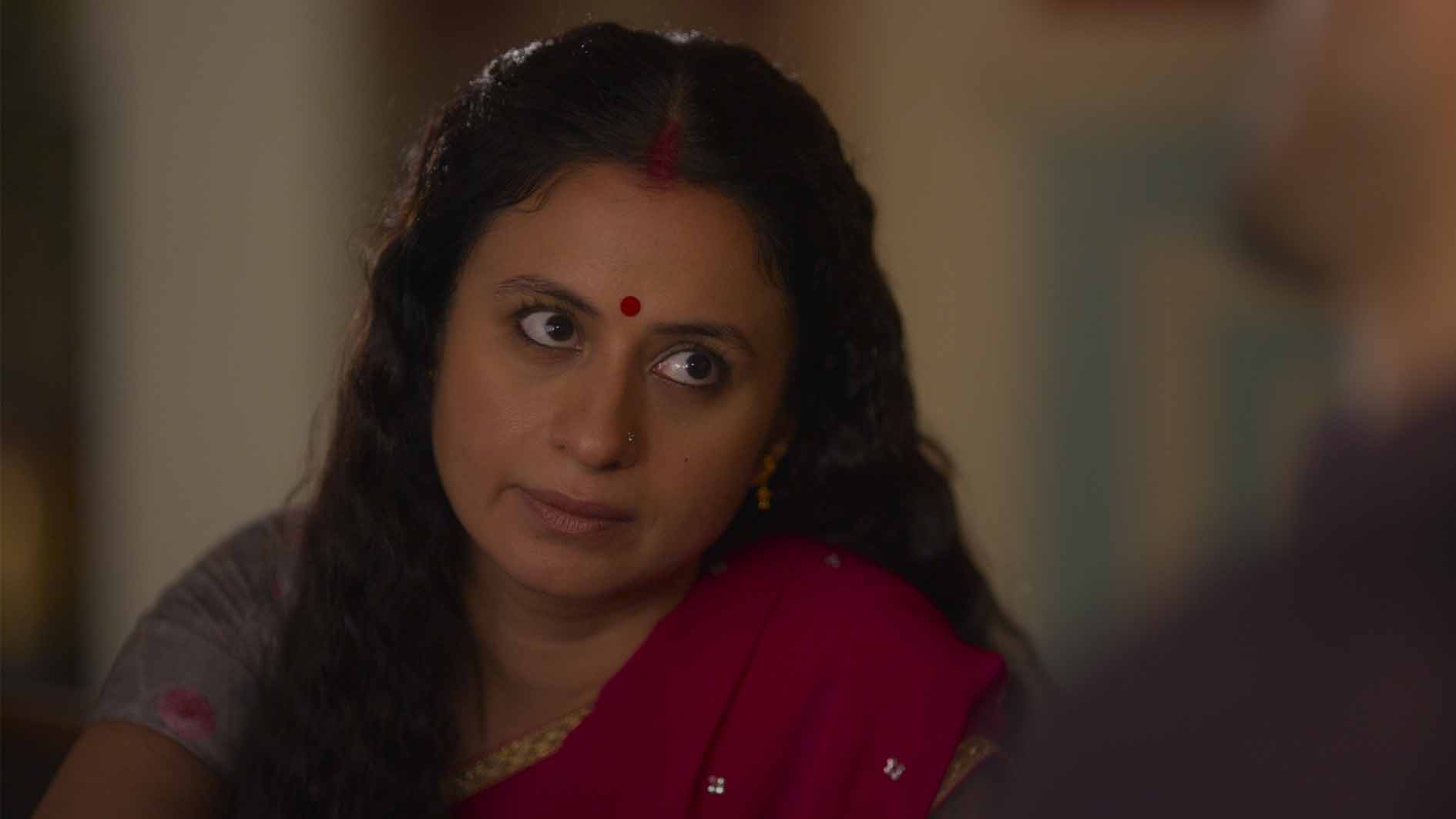Sanjay Leela Bhansali presents the Netflix series as one rooted in history. But how much of it is real?
Akhil Arora, a member of the Film Critics Guild and a Rotten Tomatoes-certified film critic, who has been covering the world of movies and TV series since 2015. He has written for NDTV and SlashFilm.

With Heeramandi: The Diamond Bazaar, Sanjay Leela Bhansali depicts the life of tawaifs—high-class courtesans who prospered under the patronage of the Mughal Empire. But he’s taking a lot of liberty. In Lahore, tawaifs were at the height of their fame in the 17th century, according to many Mughal experts. (The ones in Lucknow were among the highest taxpayers in the 1800s, but that’s a different story.) In Bhansali’s Netflix series, though, the tawaifs of Lahore are significantly influential even in the mid-20th century. They are clearly thriving, given what we see. Mallika (Manisha Koirala) calls herself a queen and behaves like she runs the city. All of this just prior to independence.

Heeramandi review: glossy TV soap opera
Sanjay Leela Bhansali’s Netflix series betrays the very women—tawaifs—it seeks to champion. It’s a ₹200 crore disaster.
So, is Heeramandi a true story? The simple answer is yes and no. That’s because Bhansali is mixing fact and fiction. Let’s take a better look at what he gets right and what he wilfully doesn’t.
Tawaifs lived in Heera Mandi in Lahore ✅
Though tawaif culture predates the Mughal Empire, it was their patronage that led to it becoming a viable career. In the late 16th century, during the reign of Emperor Akbar, Lahore—part of modern-day Pakistan—served as the capital. The royal family resided in Lahore Fort and the people who served them at court lived south of the fort in Shahi Mohalla—Urdu for “royal neighbourhood”. (This explains the name of Mallika’s kotha, Shahi Mahal. It translates to “royal mansion”.)
Shahi Mohalla was also the home for tawaifs who entertained the royals at court. That status quo remained in place until the 18th century. But as the Mughal Empire fell apart after the death of Aurangzeb in 1707 and Mughal rule in Lahore weakened, the royal patronage disappeared. It wasn’t until Ranjit Singh took over in 1801—as the first Maharaja of the Sikh Empire—that tawaifs once again had a place in court.
But the name ‘Heera Mandi’ only came into play until 1839–40. Hira Singh Dogra was the son of Dhian Singh, the wazir of the Sikh Empire who served the first three Maharajas. Since it was Hira’s idea to establish a grains market in the existing Shahi Mohalla, it was referred to as “Hira Singh di Mandi” or “Heera Mandi” in short. In Hindi, mandi means market.

Interestingly, heera also means diamonds in Hindi, which is why we’ve “The Diamond Bazaar” in the title of the Netflix series. But no actual diamonds were sold or traded in Heera Mandi. For Bhansali, it’s a metaphor—he’s referring to the tawaifs as diamonds.
Anyhoo, did tawaifs live in Heeramandi? Yes. Were they thriving in the 1940s? No, not at all.
Tawaifs were artists, preservers of culture, and teachers of manners ✅
Early into the eight-episode run of Heeramandi, Qudsia Begum (Farida Jalal)—the grandmother of Tajdar Baloch (Taha Singh Badussha)—says that tawaifs teach manners, respect, refinement, and even love. Tajdar brushes her off, claiming love can’t be taught and looking down upon Heeramandi as a place where a woman’s dignity is sold. While Qudsia is right, Tajdar is only somewhat correct.
While the women who lived in Heeramandi were often bought and sold from across the Mughal Empire, they were not looked down upon in any sense. Under the teaching of ustaads (masters), young girls spent years of their lives training in riyaz (music), mujra (dance), theatre, and etiquette. Only the most successful courtesans were known as tawaifs. They were courted by writers and poets, as having them sing your work could ensure it was remembered.
Having them perform at royal ceremonies showcased class and refined culture. The tawaifs were a social symbol for the rich and famous. As Qudsia notes, the royals and nobles did indeed send their children to tawaifs to learn the ways of the world. The young princes would observe and practice adab (etiquette) and kaayda (manners).
Unfortunately, Bhansali doesn’t show us the tawaifs’ hard work. He’s more interested in the aesthetic side of it or having them plot against and bicker amongst each other. That’s sad.
Tawaifs were essentially sex workers ❌
Bhansali places a huge emphasis on a tawaif’s debut in Heeramandi. Alamzeb (Sharmin Segal Mehta) spends the majority of seven episodes trying to avoid her mother’s wishes. In Bhansali’s eyes, Alam’s debut would not only include a dance performance but also picking one of the nawabs as a patron, whom she is expected to take to bed. After all, that’s what we are told of Bibbo (Aditi Rao Hydari) and Lajjo’s (Richa Chadha) life.

Alam not wanting to make her debut is essentially the show’s metaphor for her virginity—and the implied “purity” as a result. Bhansali is suggesting that Alam wouldn’t be deserving of a marriage with Tajdar if she were to make her debut as a tawaif. Leaving that ugly, regressive metaphor aside, sex was actually not part of the contract in real-life, unless the tawaif offered it herself.
However, as the Mughal and Sikh eras of patronage died with British colonialism, their influence waned and they weren’t valued as performers. The Victorian Puritans saw the tawaifs as “nautch” girls—a crude Anglicisation of the Hindi word naatch (dance)—and only indulged them for bodily pleasures. They had no interest in lavishing them with riches, Louise T. Brown notes in the 2006 book Dancing Girls of Lahore. Lacking opportunities, the tawaifs were more or less forced into sex work.
Heeramandi conflates the two. In its world, the tawaifs have nawab patrons but still must give in to sex. They are also highly influential and their coffers overflowing even though the British have been ruling Lahore for nearly a century.
Tawaifs played a role in the Indian independence movement. Well, sort of
Throughout Heeramandi, Bibbo leverages her position as a tawif to gather intel from the nawabs and funds the revolution with her earnings. In the series finale, after seven episodes of infighting, all the women of Heeramandi turn into freedom fighters. They march through the streets, clash with the police, and make a stand. As amazing as this sounds, it was most likely not the case.
Had Bhansali set his Netflix series a century earlier, though, he would have been right. After the fall of Punjab—and Lahore, as a result—to the British in 1849, many tawaifs moved to Lucknow in Oudh State. There, the remaining nawabs supported them. But that changed when Oudh State was also invaded in 1856. The tawaifs played an active role in the Rebellion of 1857, either by providing financial support or turning their kothas into hideouts and meeting zones.

But as the rebellion was crushed and the colonialists took over India, tawaifs lost their clout. By the early 20th century—which is where Heeramandi begins—they simply didn’t have the social or financial privilege that Mallika and Co. are shown to possess. By the 1940s, it would’ve been even less.
Though they did contribute in the ways they could, Indian social reformers weren’t interested in engaging with them. Including Mahatma Gandhi. In June 1925, he said that “…so long as they continue the life of shame, it is wrong to accept donations or services from them or to elect them as delegates or to encourage them to become members of the Congress.” What a shame.
The tawaifs simply didn’t have the means or societal acceptance. Heeramandi’s ending is, alas, a fantasy.
Heeramandi is now streaming on Netflix worldwide.
- Every Indian Netflix original movie, ranked – October 25, 2024
- The opening night of the 2024 MAMI Mumbai Film Festival was a joke – October 19, 2024
- Agatha All Along episode 5: what time is it out? – October 9, 2024




What do you think?